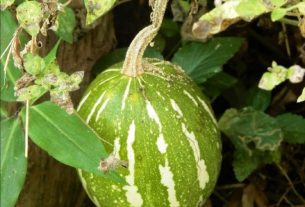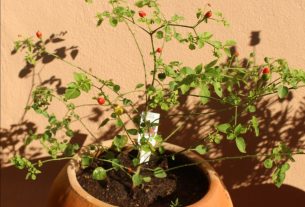By Dan and Lisa Goy on the December 2019 Edition
Bienvenido a la Ruta del Vino Baja California
The Valle de Guadalupe (Guadalupe Valley) is just a 1-hour drive from the US crossing at Tecate, Mexico. This region is part of the Ensenada Municipality, Baja California, Mexico and is an increasingly popular tourist destination for wine and Baja Mediterranean cuisine. It is located 20 kilometres (12 mi) north of the City of Ensenada and 113 kilometres (70 mi) southeast of the border crossing from San Diego to Tijuana. It includes communities such as Ejido El Porvenir, Francisco Zarco and San An-tonio de las Minas, with approximately 3,000 inhabitants.
History
The community was founded in 1834 by Dominican missionary Félix Caballero as Misión de Nuestra Señora de Guadalupe del Norte, making it the last mission established in the Californias. Caballero had to abandon the mission in 1840, under attacks from the indigenous peoples.
From 1905-1910, a mixture of Spiritual Christian faiths, mostly Pryguny from Transcaucasia, South Russia, settled in 4 farming colonies near Ensenada, Baja California Norte Territory, Mexico. Guadalupe was the main colony of about 20+ square miles purchased in 1905. Most owned or rented land communally. Not all were ethnic Russians and were of various folk-Protestant (non-Orthodox) faiths. A few Russian Orthodox immigrants, but with no priest or church, lived in Ensenada and were confused with the Spiritual Christians.
To make land and loan payments, they paid in wheat. Many settlers rented as much as 50 square miles, from about 10 nearby ranches, north to the border. Most moved to California by World War II to join more prosperous relatives and work in the factories. Some intermarried with Spiritual Christian Dukhizhizniki in California. Those who remained intermarried, assimilated and lived in Ensenada and Tijuana.
When the valley economy shifted to winemaking, the Baja government funded a museum to preserve the history of the former settlers from Old Russia and enhance wine tourism. Soon, two private museums opened, one with a cafe across the street from the state museum, to provide Russian-Mexican dishes for tourists and groups. Roads are improved with asphalt paving to accommodate wine-tour buses.
Rancho Sordo Mudo – http://ranchosordomudo.com/
In the RV caravan tour business, it is as important to finish as strong as you start, hence Rancho Sordo Mudo is our final stop on all of our Baja RV tours. Located on Mex 3 at the 75 km mark, 39 km (24 miles) north of Ensenada, Rancho Sordo Mudo is a Christian-based residential school for deaf children in Mexico.
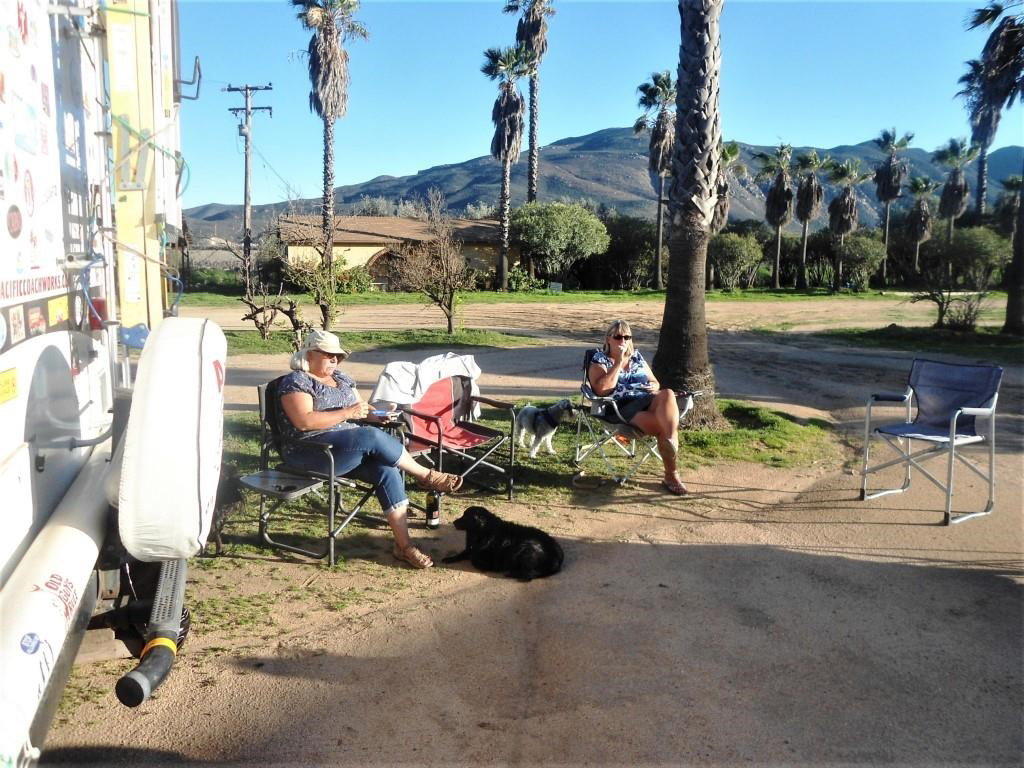
Ed and Margaret Everett founded the school 40 years ago after their son, Luke, lost 85% of his hearing from a series of illnesses at the age of five. During a trip to visit missionaries in Mexico, they learned that there was nothing being done educationally or spiritually to fill the needs of the poor and orphaned deaf children in Mexico.
This led the Everetts to sell their home and business in North Carolina and relocate to Mexico as faith missionaries. The RV Park, which is across the highway from the school entrance, was originally constructed for use of visitors helping out at the school. The founders then purchased 500 acres in the beautiful Guadalupe Valley, becoming pioneers to a ministry to the deaf.
The RV park itself was in disrepair when we first started Baja Amigos. Although fundamentally intact and in reasonably good shape, the campground has several back in spaces and 20 pull through sites that will accommodate rigs of all sizes. There is a great large covered eating area, with lots of picnic tables, a fire pit, washrooms with showers (now open), 15/30- and 50- amp outlets and water at each site (also now working) and a common pull-through dump station.
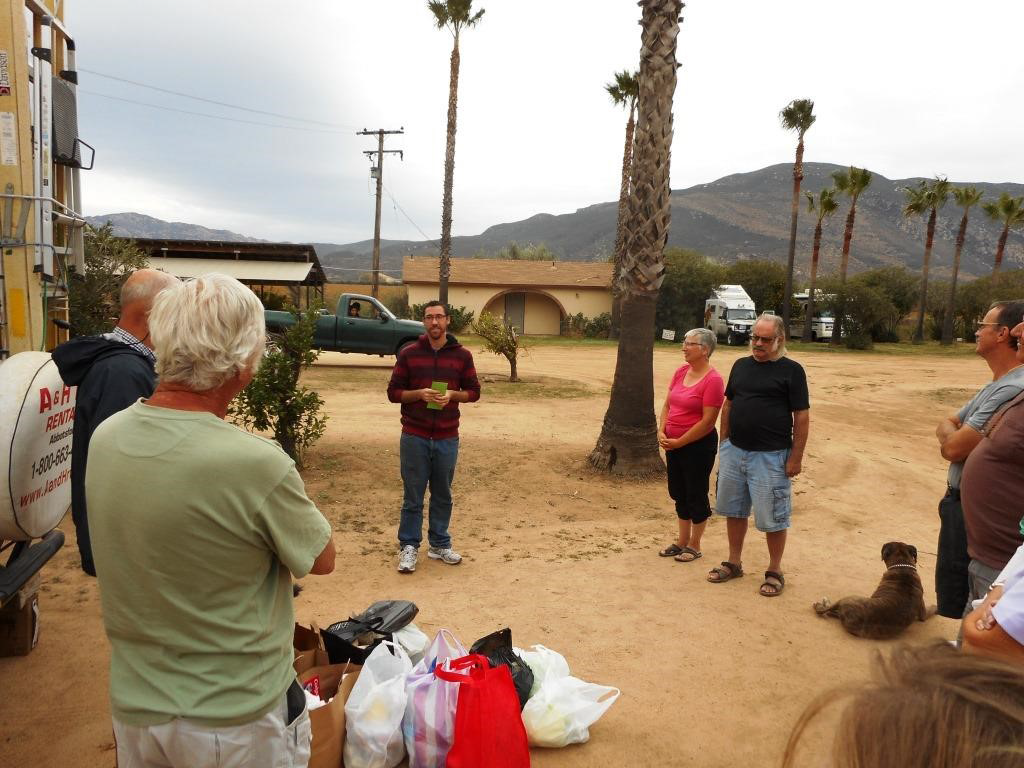
Situated among the vineyards of the picturesque Valley of Guadalupe, you are surrounded by palm and citrus trees (you can pick all the fruit you want) and the fee is by donation. Most of ten, someone drives over from the school. The current school operators are now prepared to reinvest in the campground, ensuring all facilities are returned to working order and this is happening. This initiative includes recruiting Campground Host(s) to assist in operating the campground and maintaining services. Our contacts at Rancho Sordo Mudo are Ed and Luke Everett and they can be contacted at rancho-sordomudo@hotmail.com.
Wineries
Over time, we have visited many of the local wineries in the Valle de Guadalupe including LA Cetto, Bibayoff, Casa Pedro Domecq, La Casa de Doña Lupe, Adobe Guadalupe and Chateau Camou. All our RV Caravan Tours now include a Wine Tour and Tasting at LA Cetto, a 5 minute drive from the RV Park.
Baja’s Wine Country enjoys a Mediterranean climate which is ideal for grape growing and there are few microclimates in the world that can claim such unique characteristics that include elevation, soil, seasonal change and temperature. Add to this a tradition of winemaking from Spanish, Italian, French and Russian cultures and the Valle de Guadalupe is very different from California’s rich vineyard country or the Okanagan Valley in BC.
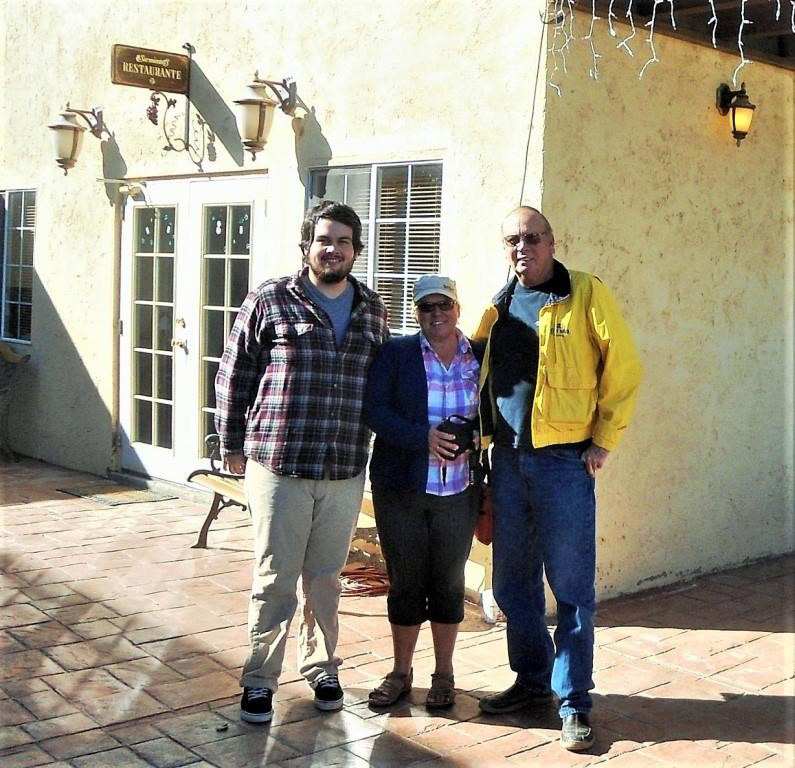
This fertile valley is very laid back and less pretentious. You still can feel the old world charm that exudes from its boutique vineyards and quaint mission style haciendas and French inspired inns.
Though Mexico is more famous for its other “nectars” made from Nature’s bounty like tequila, rum, mezcal, and Mexican beer it also has a long, interesting history of winemaking, at least since the days of the Spanish conquest. It has only been in the last 100 years or so that Mexico’s wine industry resurged onto the international market.
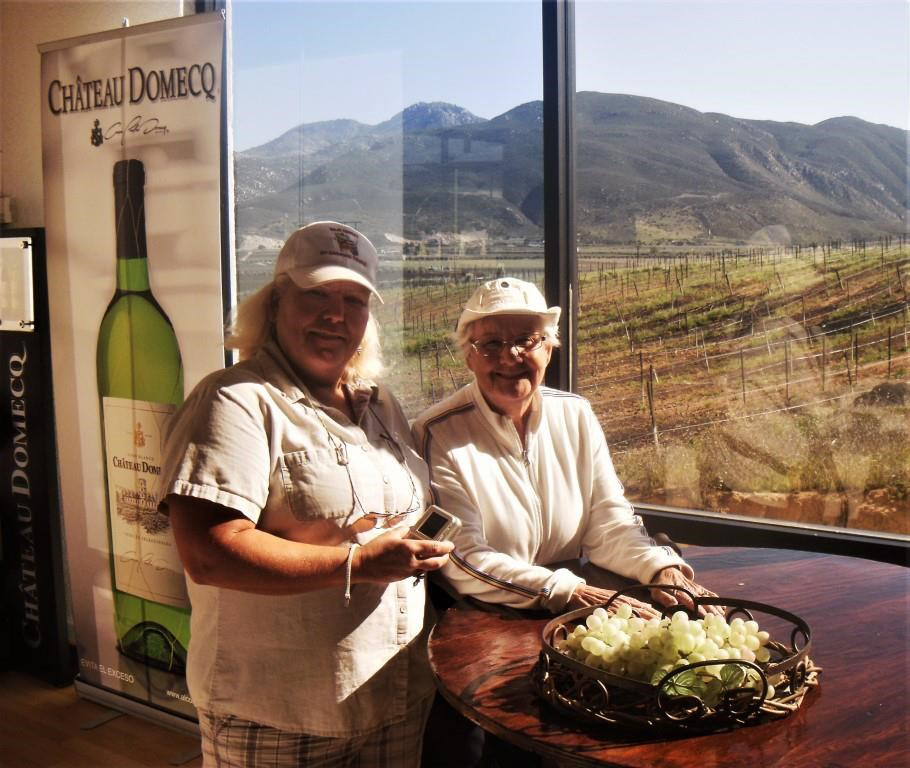
A little known fact is that the grapes of Napa Valley owe much to the vineyards of the Valle de Guadalupe because the original Napa stock came from there and remains one of the few places in the world where premium wine grapes can still be grown to-day. The Guadalupe, Calafia and San Antonio de las Minas Valleys are filled with rolling lush vineyards of every size and sport dozens of boutique vineyards and a handful of industrial-size vineyards and are the heart of the Baja Wine Route, “Ruta del Vino Baja California”.
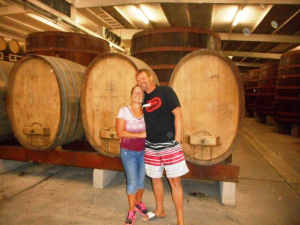
Baja’s Wine Country also offers a diverse array of other attractions and services from countryside and unique cuisine restaurants, arts and crafts studios, art galleries, elegant B&B’s, community museums and a newly opened Wine Museum, a short drive south from Sordo Mudo.
LA Cetto is one of the most renowned and oldest wineries in Mexico, founded by an Italian, Angelo Cetto, who left for Mexico in 1926 and started the wine business in 1930. In 1963, Don Luis Agustín Cetto spearheaded a rapid modernization and vast transformation of the winery, including the purchase of a number of small wineries in the 1980s. Currently, Luis Alberto Cetto is the third generation of this wine crafting tradition.
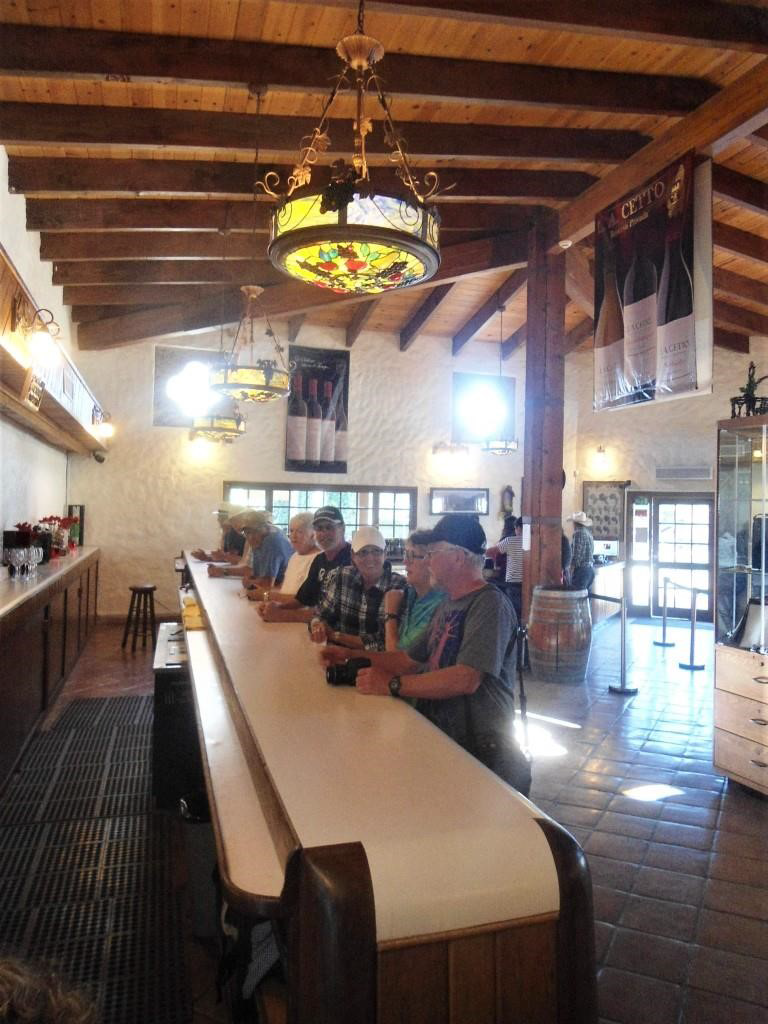
Today, LA Cetto is now responsible for more than half of the country’s wine, cultivating 2,500 acres of vineyards in Baja California; also, tequila and olive oil. This winery produces approximately 1,000,000 cases of wine each year, in three facilities, and has become the largest wine producer in the country, not to mention one of the largest wineries in all of Latin America. The Valle de Guadalupe tasting room is spacious and elegant, served by friendly and competent winery staff, most of whom speak both Spanish and English fluently. We are often hosted by our friend, Mariana Gutiérrez.
Casa Pedro Domecq is the oldest commercial winery in the Valley of Guadalupe, now owned by the same company that produces El Presidente Brandy. Domecq is the second largest wine producer in Mexico after LA Cetto, with current production of 3.4 million liters per annum.
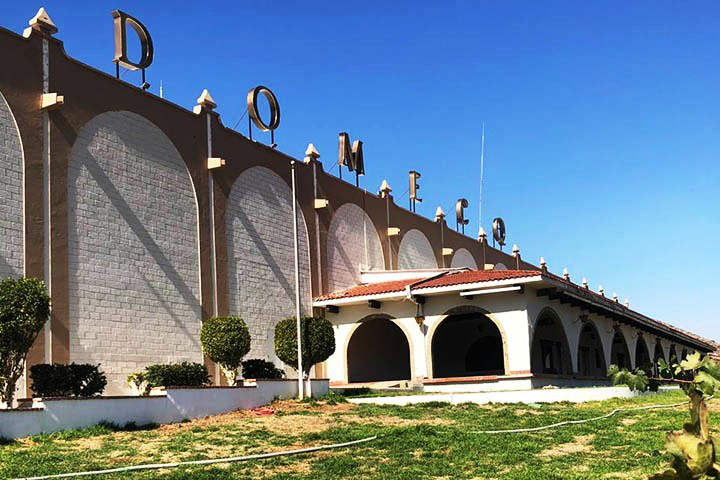
Located across Highway 3 from LA Cetto, this winery is often simply referred to as just Domecq. Domecq has been a driving force behind the modernization of the wine industry in Spain and is doing the same in Mexico. Visitors to the winery will be immediately struck by its elegant white walls, mission style warehouse, beautifully maintained rows of vines and serene atmosphere.
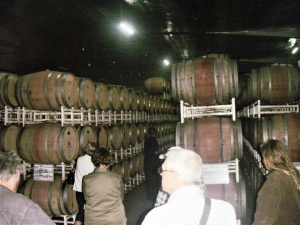
Domecq’s tasting room (stunning view), underground wine cellars (really cool) and endless fields of vines can be enjoyed on a reservation basis. For a small fee, bilingual tours are offered for both visitors and wine connoisseurs. They offer a very reasonably priced tasting of three exquisite reds and two whites. The dark caves and antique barrels still on display help to provide a sense for guests of the historical depth of Mexico’s winemaking culture.
MUSEO DE LA VID Y EL VINO
This gleaming, state-of-the-art structure in the heart of the sun drenched Guadalupe Valley is a traveler’s dream destination. The beauty of the architecture stands out against the backdrop of granite mountains, fertile soil and lush graceful vines, now showing their fall colors. Just north east of Ensenada, the Vine and Wine Museum was inaugurated August 6, 2012. The muse-um is a rich collection of viticulture history, as well as the most modern methods of wine production happening today.
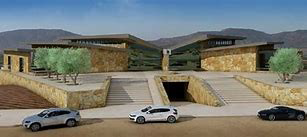
Wine enthusiasts descend into the museum as if going into a wine cellar. This is a priceless resource for wine lovers, ranging from the true connoisseur to those who just like a good wine with a meal. It is also a great opportunity for a first-time visitor to Baja and the wine country. The museum offers a foundation for understanding wine production, from the soil and weather requirements to the bottling.
The climate makes it ideal for producing the very deep red Nebbiolo to the fresh organic of the Misión grape. Baja’s Mediterranean climate is similar to the California’s wine country, but Baja winemakers are creating their own distinctive bouquets that some say rival their northern neighbors.
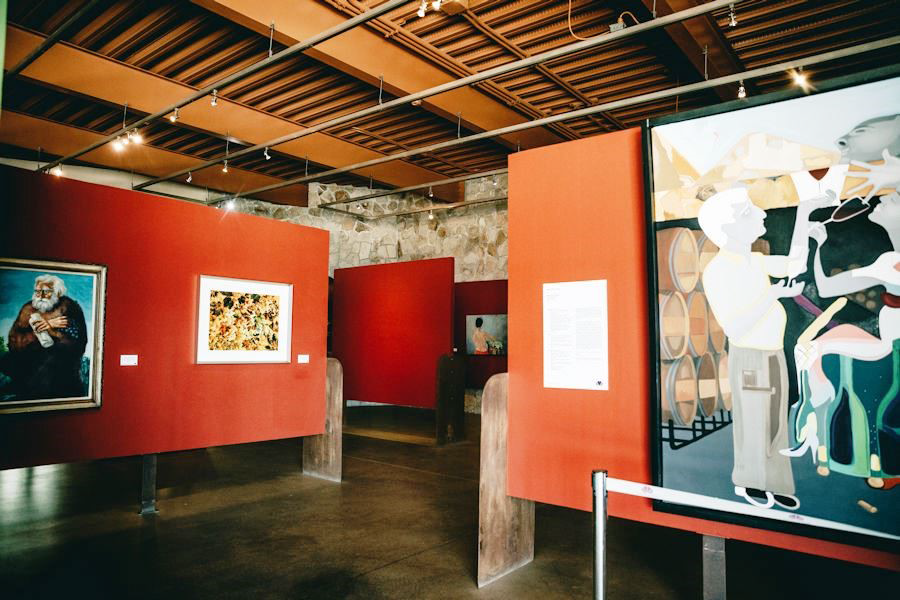
A visit to the Vine and Wine Museum benefits all visitors by creating a deeper understanding of the love and the art that goes into making good wine. A tour of the valley can start here, and the traveler is guaranteed a deeper appreciation in the wine-tasting experience. Newly added are the weekend conferences for the history buffs and wine enthusiasts; these are free of charge.
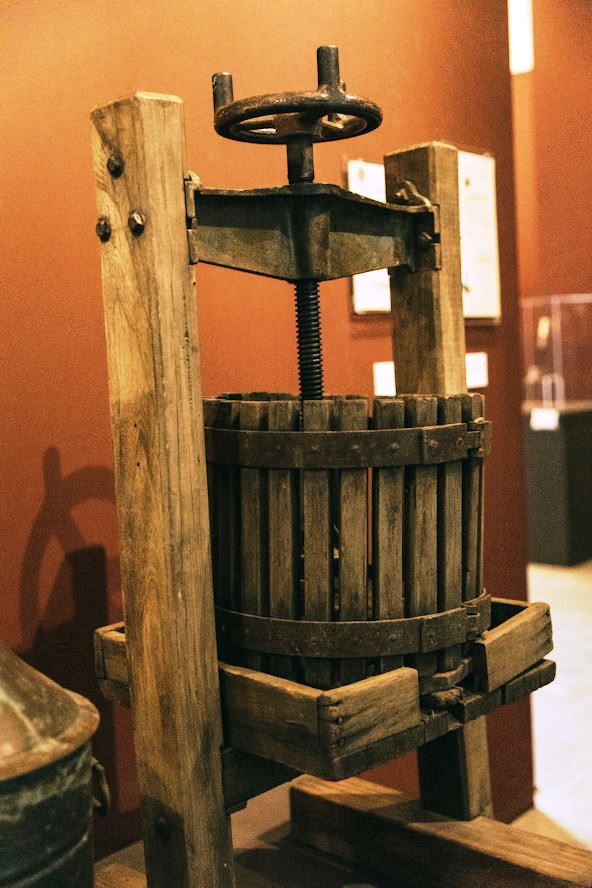
Thoughtful organization went into presenting the history. Baja has a rich ethnic history from the Spanish Jesuit fathers planting grapes for their sacramental wine to the Russian Molokanes who developed large commercial vineyards in 1906. Many of their wooden tools are on display from that time period. Today, according to a local winemaker, if you include the major, minor and artisanal winemakers in the valley, there are well over a hundred. In fact, 90 percent of the country’s wine comes from the Ensenada region.
In the softly lit interior, fine art and bronze sculptures are a perfect pairing, each with a touch of the vine as a theme. Huge oak barrels are embedded in the walls; track lighting spotlights the displays and create a vivid impression of what goes into making good wine.
A series of towering glass shelves hold wine bottles from each vintner of the valley. Included at intervals along the way are movies showing the production, and even how the oak barrels are crafted…a true art, in itself. The special attention to detail and the lovely low lighting sets the mood for the whole experience, as if being in a cava where the wine is aged.
Above the underground museum is a convention center with a panoramic view of the spectacular valley. During the summer months, as far as you can see, are the grape vines, lush with leaves and clusters of maturing grapes. The harvest is celebrated as the Vendimia every year in August, while the actual harvest can go well into September. October has the vines showing their fall colors and winter vines are bare and snakelike.
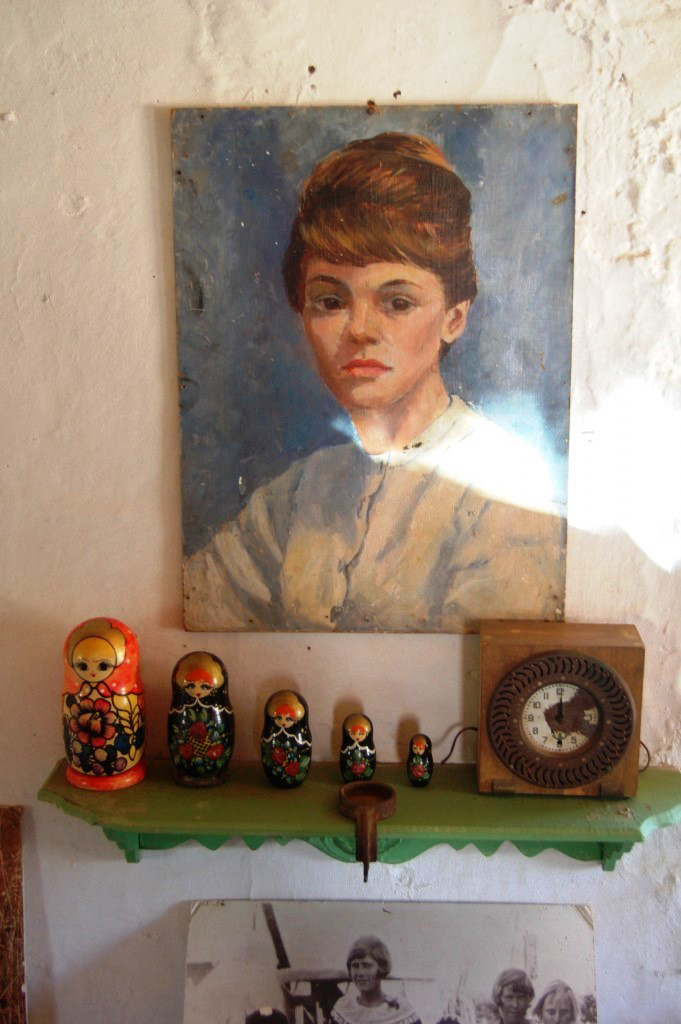
Community Museum
Mexico’s President Felipe Calderón, during the inauguration, stressed that Baja winemaking has a long tradition, and is “a deep source of pride for Mexico.” Certainly, this is one of the most sophisticated day excursions close to home, and only two hours from the US border.
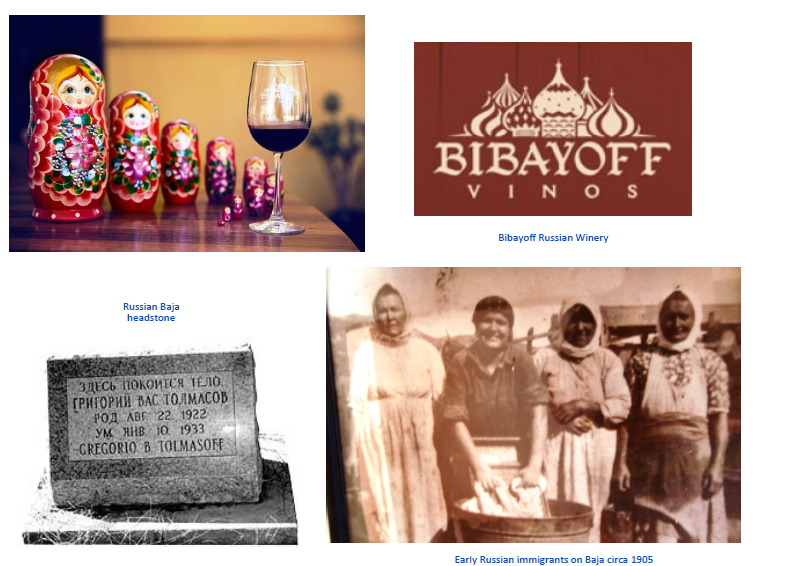
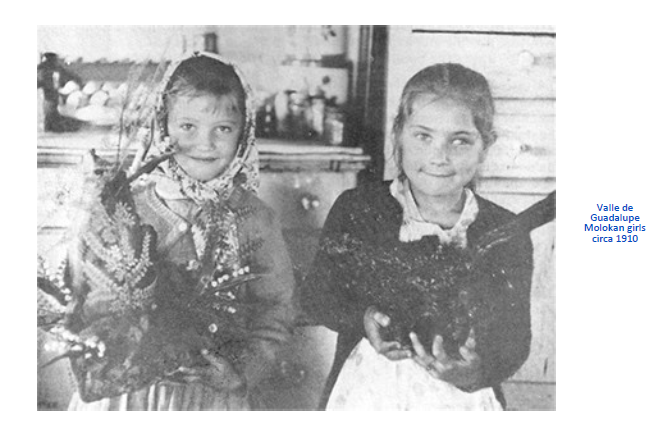
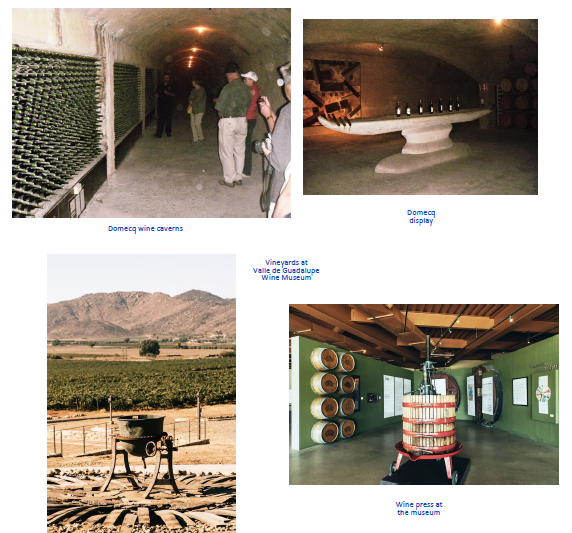
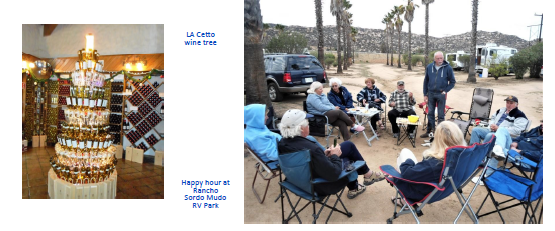
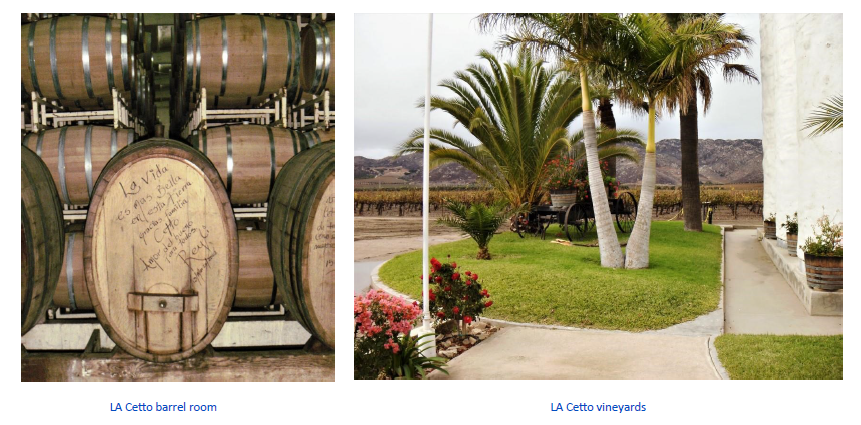
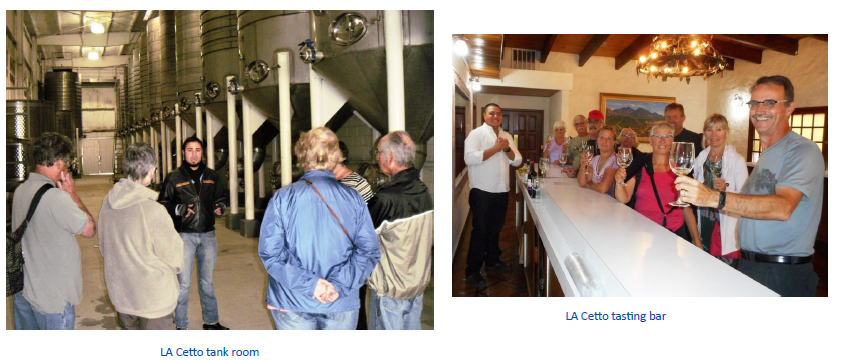
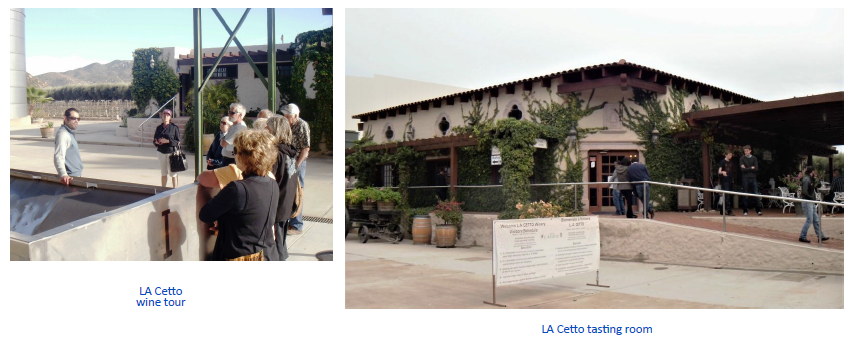
Directions
Take Highway #3 Tecate, the Ruta del Vino, between the small town of San Antonio de Las Minas and Fransico Zarco at Kilo-meter 81. Open 9 am to 5 pm, six days a week, closed Mon-days. Donations: $4.00 US or $50 Pesos, seniors and students are half-priced with ID. http://matra.temp.domains/~museodelvinobc/index.php
We highly recommend making Guadalupe Valley part of your itinerary any time you are in this part of California.
The full edition or view it online
Dan and Lisa Goy, owners of Baja Amigos RV Caravan Tours, have been making Mexico their second home for more than 30 years and love to introduce Mexico to newcomers.


